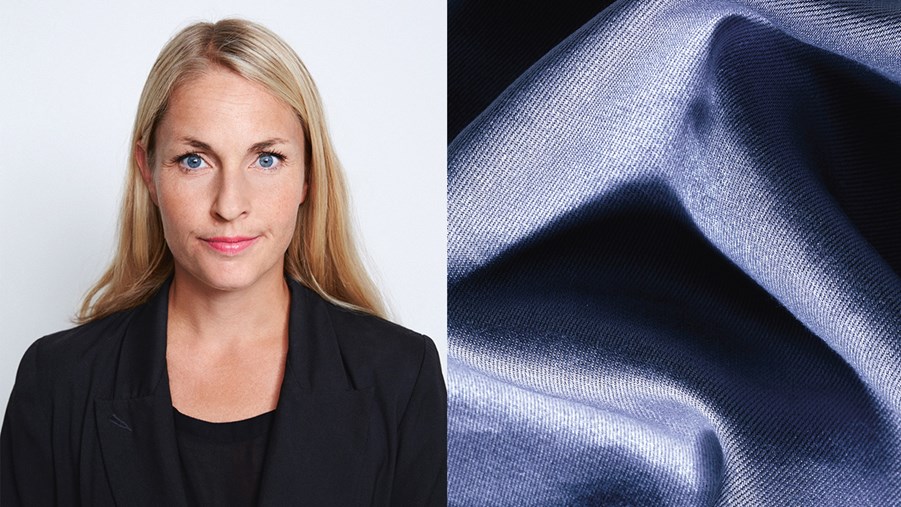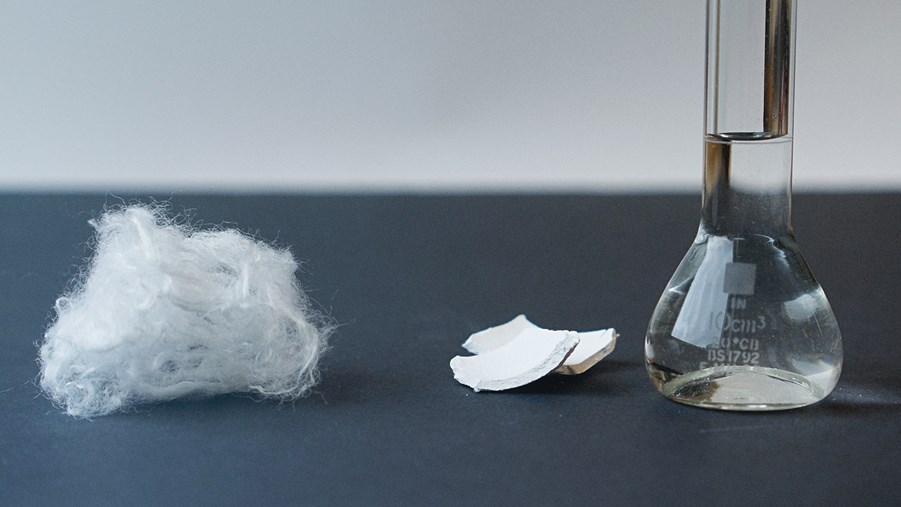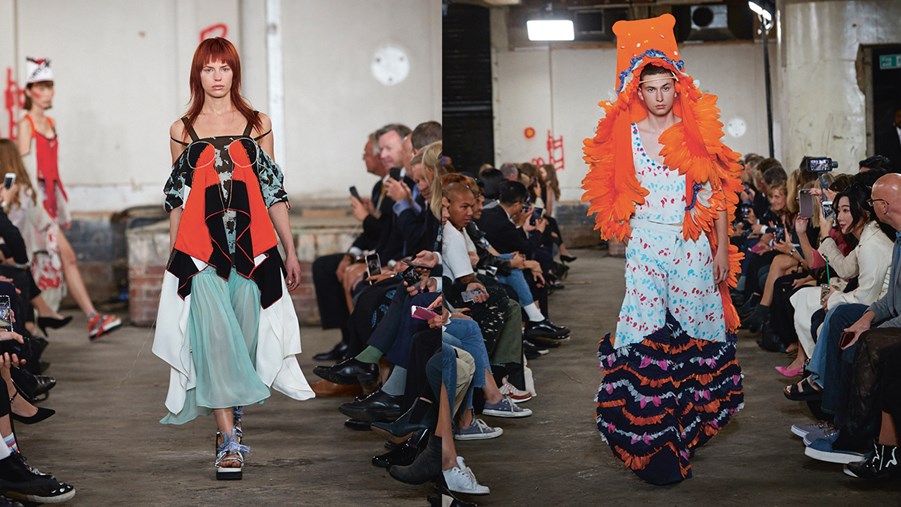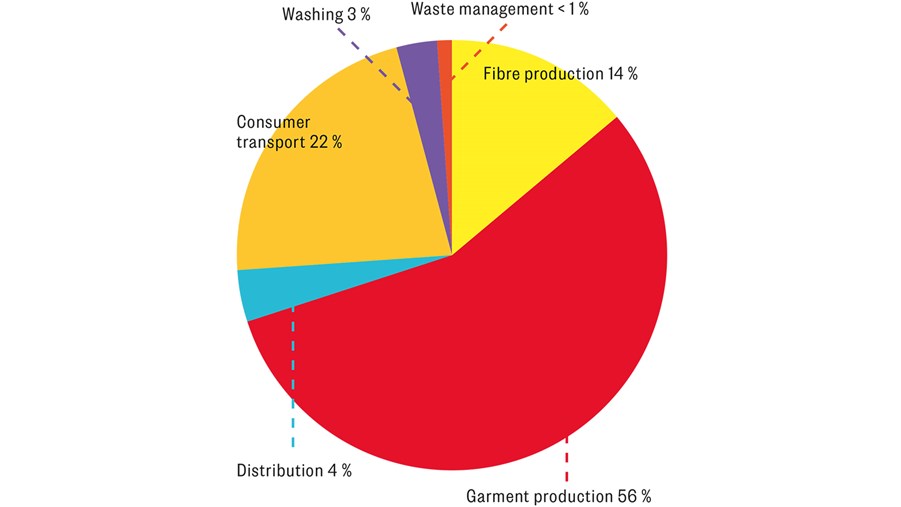
The global middle class is growing; with that the demand for clothes that define the middle-class lifestyle will escalate and have an even greater impact on the environment. In fact, clothing production already doubled between 2000 and 2014, and the number of garments purchased by the average consumer each year has increased by 60%.
This, combined with a rapidly growing market for online shopping, indicates no decrease in the demand for new garments any time soon. 88% of all textiles are made out of fossil raw materials or cotton, which has a heavy impact on the environment. If consumption keeps rising at the current rate, by 2050 we'll need three times the natural resources we used in 2000.
"This is not about public relations. My intention is to create real change in an industry that desperately needs it."
Stella McCartney
Designer Stella McCartney is a pioneer in the fashion industry when it comes to using sustainable and ethically-sourced materials. Roughly half of every collection is made with sustainable materials, something no other top label can match.
Viscose from Swedish forests
The brand is all vegetarian, featuring materials such as viscose, organic cotton, wool, silk, regenerated cashmere and recycled polyester. All the viscose in Stella McCartney's ready-to-wear designs is sourced from sustainably managed and certified forests in Sweden.
The fashion industry in figures
- 4% - Average annual growth of the fashion industry.
- 12 kg - Average quantity of clothes consumed per person per year.
- 8% - Forest-based cellulose fibre's share of the global market.
- 22 million - Number of tons of micro-plastic estimated to be dumped in the oceans between 2015 and 2050.








